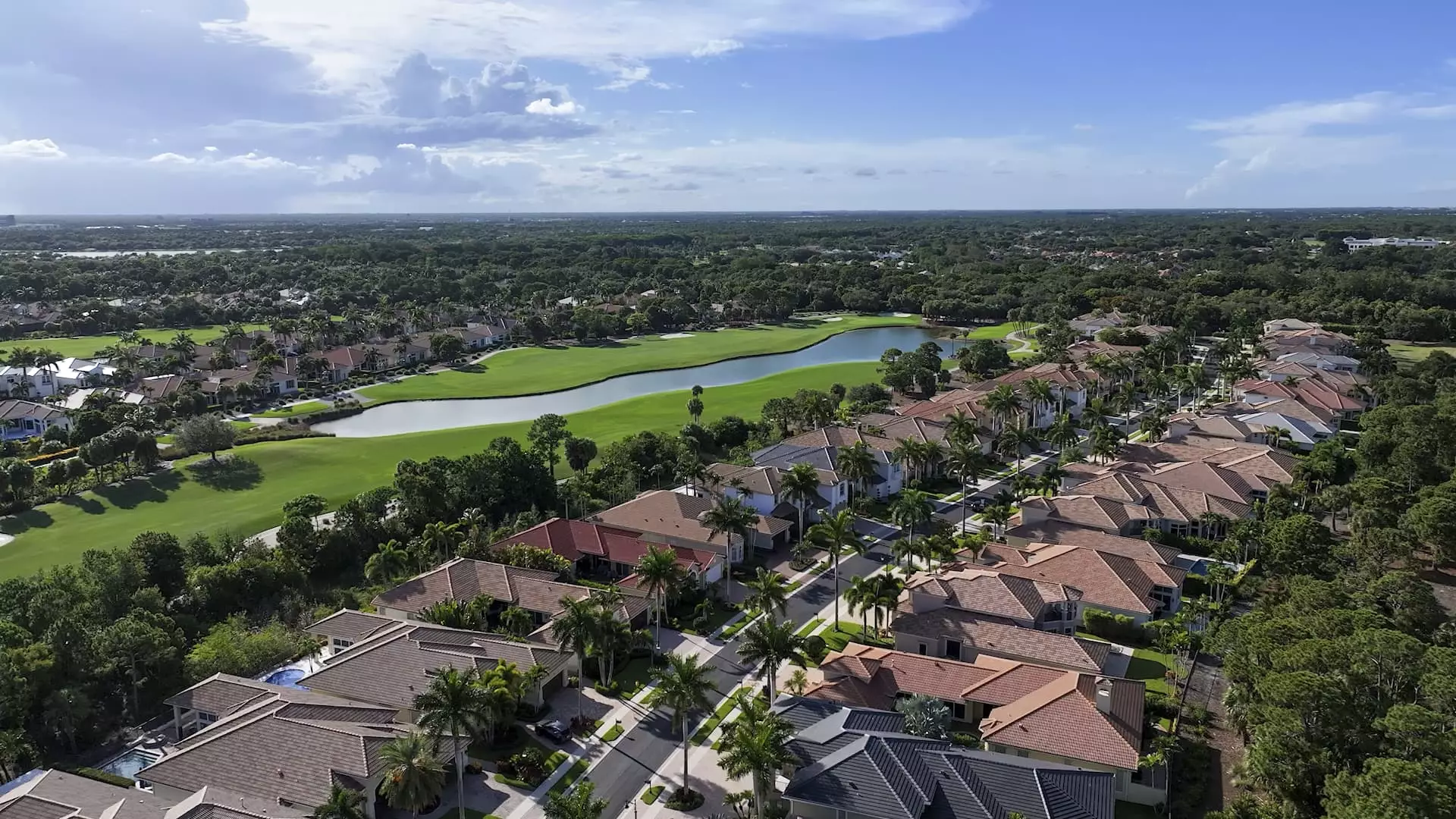Throughout the decades, American gated communities have transformed from exclusive enclaves for the ultra-wealthy and retirees into more inclusive spaces that cater to a broader socioeconomic spectrum. While the image of these neighborhoods as sanctuary zones for affluent seniors remains dominant, a closer look reveals their growing appeal among middle-class families seeking a semblance of security and luxury. States like Florida and California dominate this trend, fueled by favorable climates, available land, and lenient tax policies. Yet, beneath this apparent diversity lies a more complex narrative that questions whether these enclaves genuinely serve their residents or merely perpetuate social segregation and hidden economic costs.
The Perception vs. Reality of Security
Gated communities are often perceived as fortresses against crime, yet this belief is partly a myth. In the United States, where violent crime rates are relatively moderate compared to other nations, the emphasis on security is more about social differentiation than actual safety. While some gates are manned with security personnel, others rely solely on access control systems that limit entry. The true motivation seems rooted less in fear and more in controlling exclusivity—signaling a status symbol rather than providing tangible protection. This subtle shift from genuine security needs to an aspiration for prestige highlights how gated neighborhoods function as social markers rather than safety measures.
The Economics Behind Living Behind Gates
Enthusiasts of gated communities often point to their amenities, from golf courses and water access to concierge services, as justification for premium prices. However, the financial implications extend far beyond initial home costs. Homeowners Associations (HOAs) impose hefty monthly or quarterly fees to maintain these luxuries, sometimes reaching thousands of dollars annually. For instance, some communities demand HOA payments exceeding $5,000 per quarter, excluding additional membership dues for access to exclusive facilities. These costs significantly contribute to the higher home prices—often between 5% and 20% above comparable properties—and subtly limit the diversity of residents, creating economic and social bubbles.
The Mirage of Prosperity
Investing in a gated community may seem like a pathway to financial security, given that property appreciation rates are often higher than in non-gated areas. Yet, this perceived prosperity is a double-edged sword. The premiums paid upfront and ongoing expenses can become burdens, especially when economic downturns or shifts in the real estate market occur. Moreover, the allure of maintained, upscale environments fosters a cycle of social exclusivity that may undermine community cohesion and perpetuate societal divides. Does the increase in property value justify the costs and social implications? Only for those with significant financial cushion, not necessarily for every resident or the community at large.
The Broader Implications of Gated Living
Ultimately, the widespread rise of gated communities reflects a deeper societal tendency to seek separation rather than integration. While individuals pursue perceived safety and prestige, the collective consequence is the reinforcement of class divides. Gated neighborhoods may offer short-term comfort, but they do little to address root societal issues like inequality, crime, or urban decay. As long as the focus remains on exclusivity, genuine community-building—based on shared interests and mutual trust—remains an elusive goal, hiding behind gated walls that merely serve as symbols of status rather than true sanctuary.


Leave a Reply